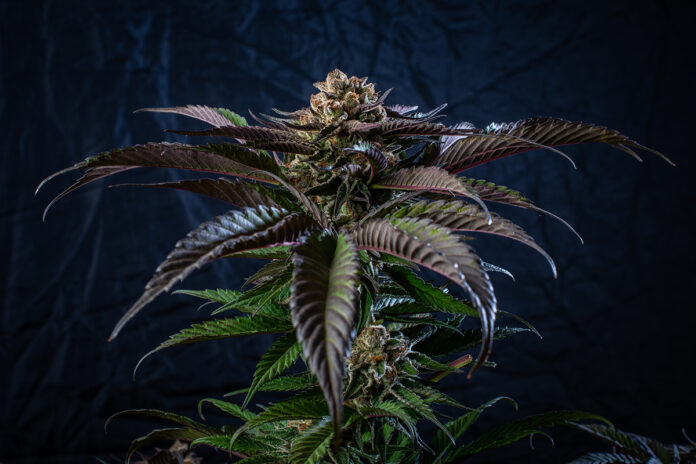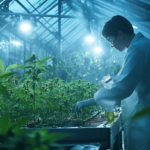In the booming cannabis industry, it can be difficult for producers to set themselves apart. In many states, customers can’t see what’s inside a package, meaning it’s up to budtenders and the packaging to sell the product. Therefore, operators invest heavily in high-quality storage solutions complete with bold branding to tout a commitment to excellence in an effort to entice consumers.
But as it turns out, good cannabis packaging simply isn’t enough.
Despite promises of airtight seals and damage-preventing exteriors, even the most advanced cannabis storage solutions can leave buds in danger of degradation. This is one of the biggest issues facing the supply chain today, as it leads to lost profits, inconsistent experiences, and blemished reputations—hazards companies cannot afford in a crowded marketplace.
Trichomes at risk
The cannabis plant is extremely complex, containing dozens of unique active ingredients across hundreds of cultivars (also known as strains). Cannabinoids such as THC and CBD fuel the overall experience, but other compounds also play a crucial role. This is known as “the entourage effect,” wherein all parts of the plant work together in perfect harmony to offer a rich result.
One of the prominent, yet volatile, cannabis components is terpenes (or terps for short). These molecules are responsible for the distinct flavor, aroma, and nuanced effects associated with the plant. From dank and earthy to candy-sweet, terpenes truly make cannabis what it is. Without terps, flower would be bland. Losing terps impacts quality, potency, and effects—and the latter two are crucial to medical cannabis patients.
Cannabinoids and terpenes are found within cannabis trichomes. These frosty-white crystals adorn the outside of the bud and are the most important parts of the plant. Trichomes also happen to be the most at risk for damage. Even in tightly sealed containers or heat-sealed packages, trichomes degrade and terpenes evaporate thanks to air in the headspace, which is the unfilled area above raw flower in its packaging. Air strives to maintain equilibrium relative humidity (ERH). To do this, it traps moisture within the plant material like it’s a reservoir. As the air dries out and moisture exits the cannabis, so do terpenes. Once trichome damage and terp evaporation occur, they are permanent.
The problem doesn’t end there. As ambient temperature changes throughout the supply chain journey, so does the relative humidity (RH). From initial storage by the producer to the distributors’ trucks to retail shelves to the consumer’s home, RH can vary greatly depending on the environment. In the quest for ERH, unprotected flower is sacrificed to deliver water. As variations in RH come and go, the flower will continue to absorb and desorb moisture to attain consistent ERH with the headspace air—releasing terpenes every time.
Despite the promise of quality, high-barrier packaging alone will not protect against trichome damage and terpene evaporation. This begs the question, “What will it take to save the terps?”
Monolayer advantages
The only way to preserve terpenes and prevent trichome deterioration is through the creation of a monolayer via a terpene shield. These saturated-salt-solution-based sachets serve as the reservoir for ERH, acting quickly to bring the RH to a threshold of 55 percent. At this point, a monolayer of purified water molecules forms around the cannabis trichomes, locking in cannabinoids, terpenes, and other active ingredients. The terpene shield will continue to maintain the monolayer while simultaneously keeping RH between 55 percent and 65 percent.
The monolayer prevents over-drying cannabis, so flower retains optimal consistency. When a consumer is ready to enjoy the flower, grinding the material releases a robust bouquet.
Product reputation
Great packaging may advertise a top-shelf experience within, but without an effective terpene shield it’s just window dressing. Forgoing a terpene shield creates a disaster for cultivators who have worked tirelessly to produce an impeccable product. Cannabis should be stored with a terpene shield at all points of the supply chain to eliminate trichome damage. Without a monolayer, terpene evaporation is certain. This, in turn, leads to unpleasant consumer experiences and blemished reputations—something that may never be repaired.
Building a brand and reputation in the competitive cannabis field isn’t about enticing consumers with pretty packaging. You must also effectively preserve the product inside. As you dedicate time and money to creating a name that will go the distance in a new marketplace, can you afford not to protect your flower from cure to consumption?













